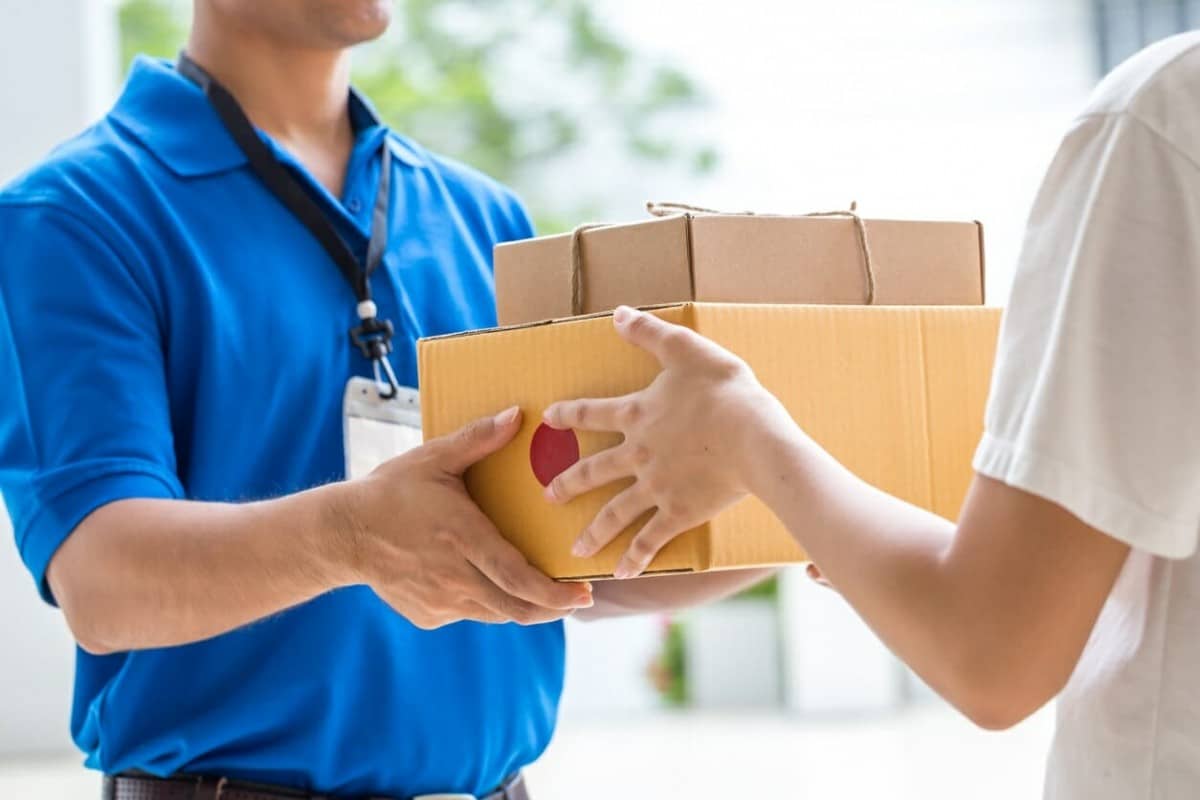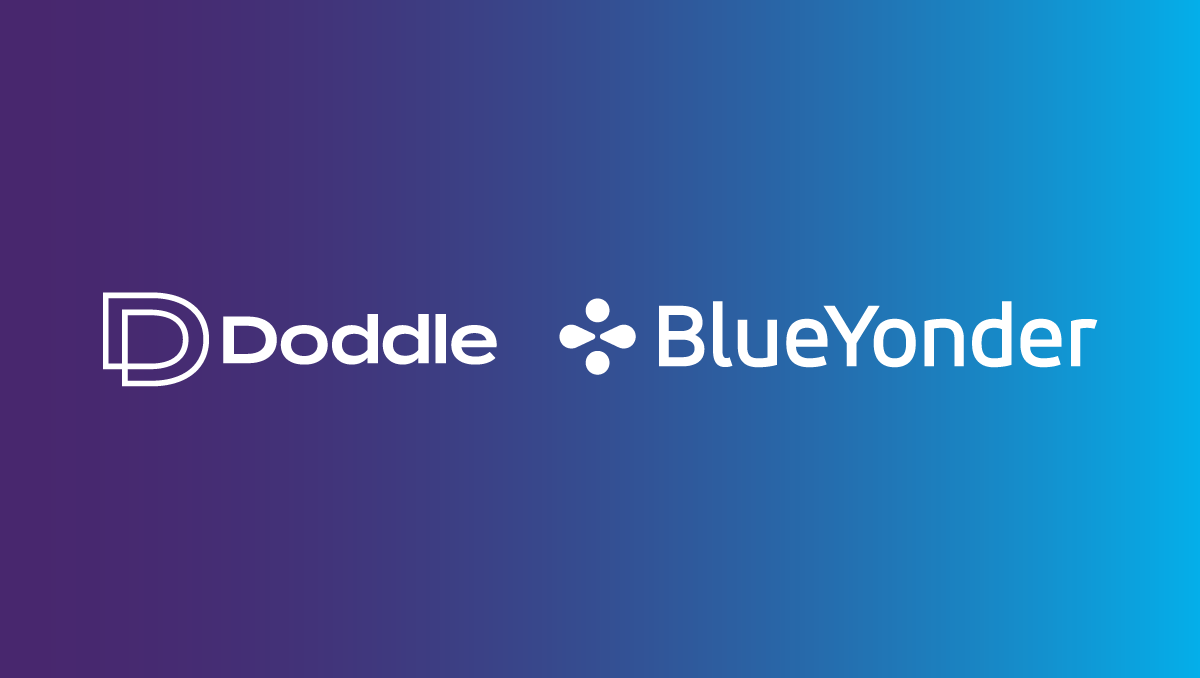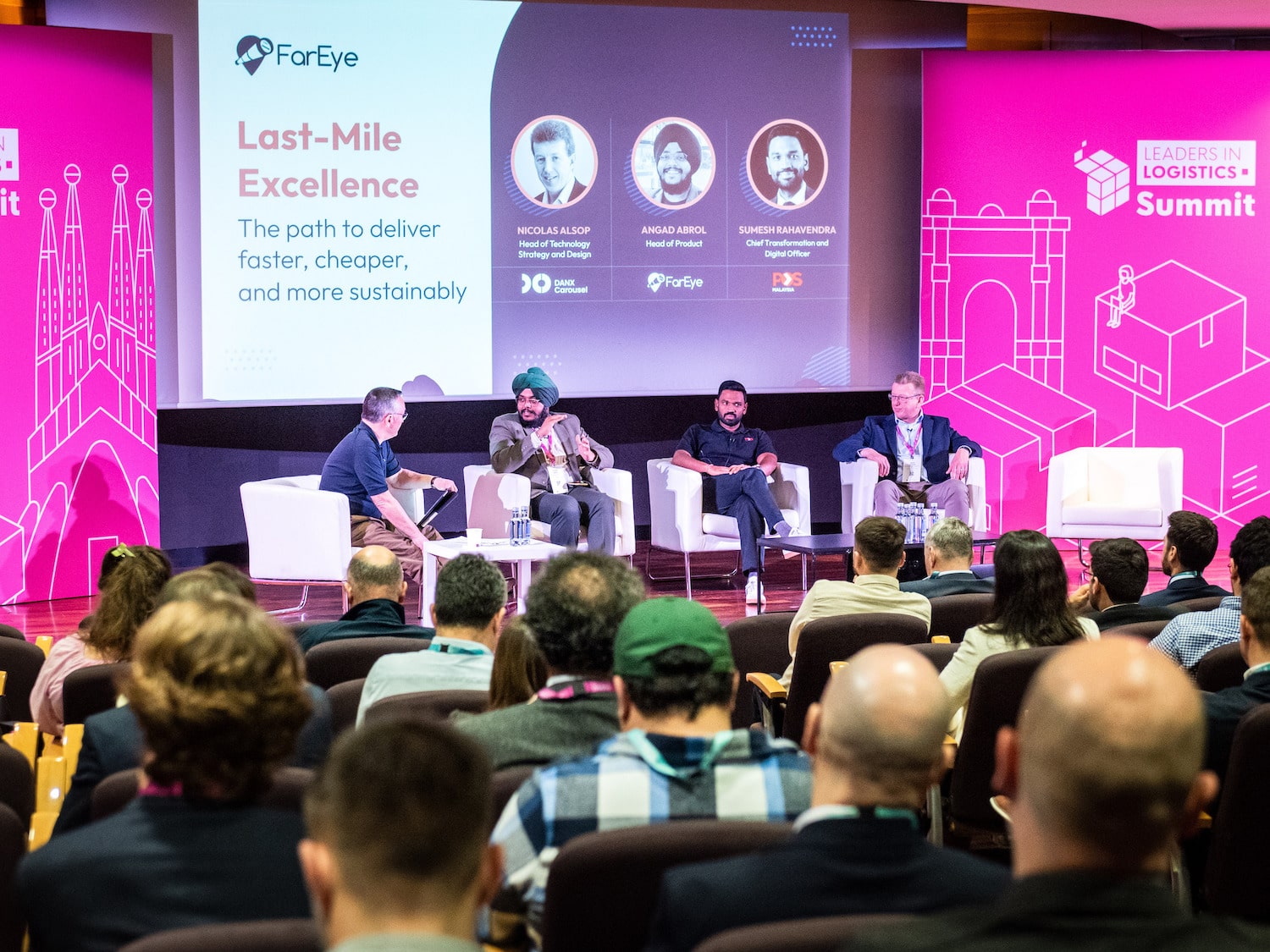Insight / Blog
Home Delivery: A business model in flux

In most markets, home delivery accounts for the significant majority of all online orders, and it is still the default fulfilment choice for many online shoppers. Our own Doddle Pulse research reveals that 75% of consumers still admit to ‘automatically choosing home delivery’ (Doddle Pulse research with YouGov, Jan 2019).
But times are changing. The Metapack State of eCommerce Delivery Report (Dec 2018) flagged that whilst 88% of consumers use home delivery, 50% of customers now use in-store click & collect services and 39% of customers use PUDO options. This evolving mix reflects the fact that consumers today use multiple services to meet with the demands of busy lives.
Aside from changing consumer preferences, we’re also seeing more focus on the discrepancy between rising delivery costs – up 17% since 2007 – and the decreasing price paid per parcel – down 4% since 2007.
With eCommerce shipments at an all time high globally and growth showing no signs of slowing, the economics of making millions of single parcel deliveries – the model on which online shopping was initially built – simply doesn’t work anymore. And that’s before other factors such as the volatility of demand, across each week and across seasonal shopping spikes are even taken into account.
So how can we expect to see the market adjust over the coming months and years? We anticipate the following necessary and ultimately exciting changes to become increasingly mainstream:
An increase in fulfilment choices with a focus on those that drive consolidation and greater supply chain efficiency, such as click & collect, being incentivised
A greater focus on last mile efficiencies. With the last mile accounting for 50-60% of the costs of shipping a parcel we expect an increasing use of smart forecasts and self-learning algorithms to re-plot routes every day, shaving all-important seconds off the time taken to deliver each parcel
More smart home delivery consolidation offerings – see our story on the launch of Amazon’s new Amazon Day service
Topics:
Related articles
Return fees or free returns: why not both?
Debates between return fees or free returns miss the bigger picture: how to address the root issues of returns.
Important lessons from Leaders in Logistics 2024
Leaders in Logistics 24 dived into AI & automation, sustainability, changing ecommerce behaviours, emerging consumer expectations & predicted what the next decade had in store.
Postal results, reforms, and returns
Posts around the world are seeking reform, but how can they drive improved results in the short term?












